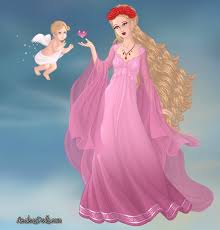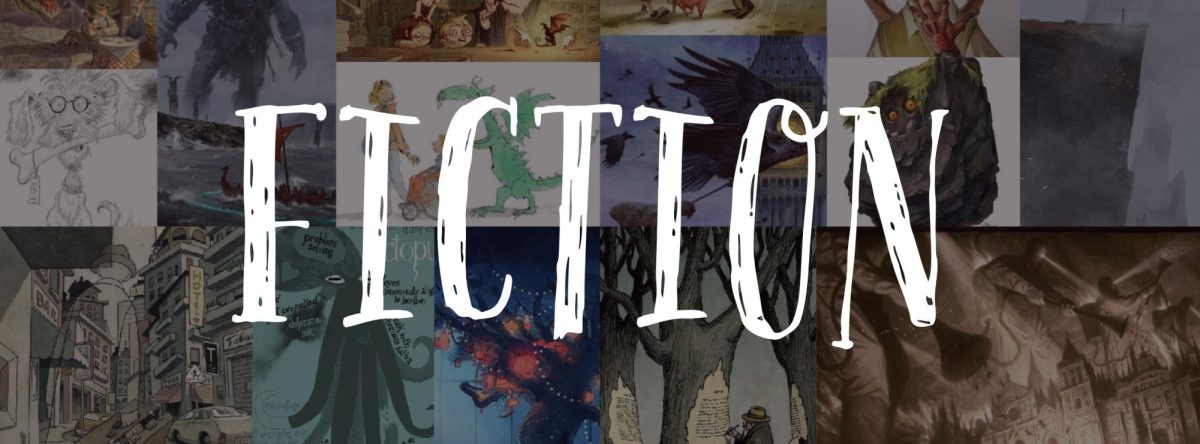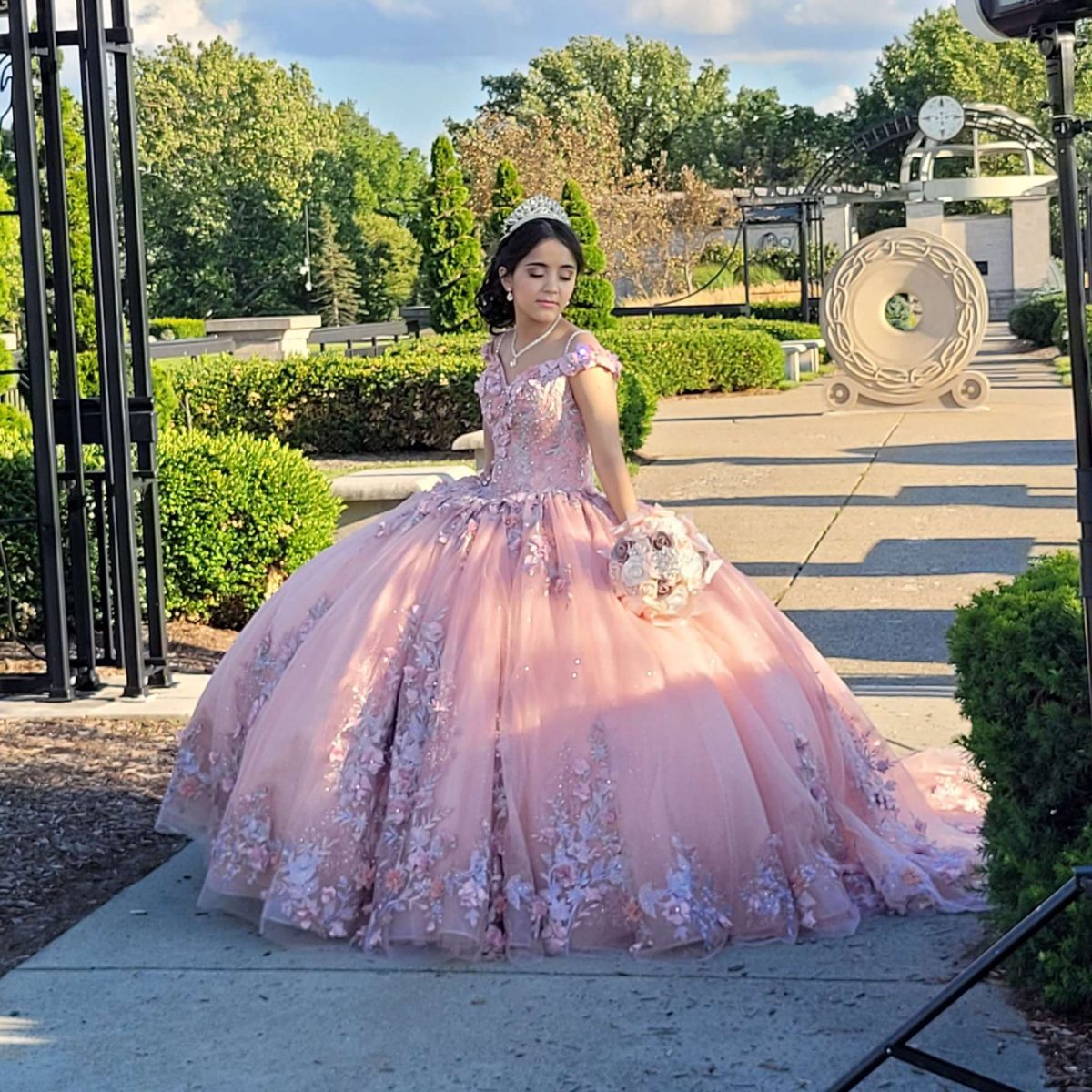As she stands tall and walks down the aisle in her big poofy dress with a crown resting on her head, all eyes on her; the crowd in awe at how her beauty fills the room. To her left and right, all the people that she knew or even didn’t: tios (uncles), tias (aunts), brothers, cousins, sisters, people that traveled hours, even days, just to see her on her special day. You might be thinking that what I’m describing is a wedding or maybe even some royal coronation, but no, it’s a Quinceanera, a celebration of life held for fifteen year old Hispanic girls to celebrate their coming of age and flourishing into womanhood.
This party signifies so many things to the girl that it is held for. In Hispanic culture it is seen as the day that she is no longer mom or dad’s little girl but rather the woman that they raised with love and pride. You could try to compare this party to a sweet sixteen, but that wouldn’t even scratch the surface of all that it signifies.
In order to fully understand a Quinceanera, I first need to explain the two main elements that make up the Quinceanera. The first and likely the most important thing is the dress. The dress symbolizes a sense of purity that pertains to the virgin Mary. These dresses have a bell-like shape with a thinner waist. The second is the Quinceanera’s honorary court of boys and girls the quinceanera chose herself; these people are referred to as damas (girls) and chambelanes (boys); these are usually people that she has grown up with or friends that she made along the way. However, one of the chambelanes is selected to be the main chambelan; his role is similar to that of the other’s only that he is the dancer paired with the quinceanera herself.
A typical Quinceanera is broken down into several main parts, the first of which being el entrada which translates to “the entrance.” This is typically done with the quinceanera and her court of chambelanes and sometimes damas. This part by itself does not signify very much culturally but it allows the quinceanera to really take in her surroundings and see everyone that came to see her on her special day.
After the entrance is the vals or waltz; this is a slower dance that signifies the quinceanera’s transition from childhood to adulthood. This is where the damas and chambelanes play a huge role; they dance around the quinceanera still having her be the center of attention but also showing the beautiful nature of the way the dancers dance. In the waltz is a carry where the chambelanes pick up the quinceanera and show her off to the crowd. This moment for the quinceanera can mean many different things but likely the most meaningful thing that this signifies is her “rise” or growth into adulthood.
Once the waltz is over she is led to a chair in the center of the venue where the gift bearing part of the ceremony is to commence. Each of the gifts given to her have a special meaning. The first gift given to her is a doll. This doll is often referred to as “the last doll.” This doll symbolizes leaving childish possessions and accepting more adult replacements. Though it is called the last doll, it doesn’t mean that she can’t buy another one in the future but rather that her interests will move past toys. The doll is also dressed similar to the way that the quinceanera is dressed in order to symbolize her. The second gift that is to be given is a pair of high heels much like the doll. It signifies that she is growing and is moving past flat footed shoes and maturing into wearing more adult footwear. The third gift is the tiara that has very similar symbolism to the heels and doll but is meant to symbolize the quinceanera’s beauty in the eyes of not only the people but of God.
After the waltz is typically the toast where all friends and family are asked to partake in the raising of glasses filled with either champagne or some sort of sparkling grape juice depending on your age. The toast is made to the quinceanera and all those who helped her upbringing. This is usually conducted by the parents of the quinceanera but can sometimes be said by family and friends. This toast is meant to honor the quinceanera and all that she stands for.
The father daughter dance is likely the most emotional part of the whole quinceanera because this dance symbolizes so much. It symbolizes that she’s not daddy’s little girl anymore, no longer the the little toddler that kissed mom and dad goodnight, no longer the little girl that cried when mom and dad left her at preschool, no longer the little girl whose only fear was not having dad alongside her, no longer the little girl who dreamed of having a quinceanera because her dream became a reality. This dance is not meant to make the crowd shed sad tears but rather happy ones because she’s growing up into the confident and beautiful women that they knew that she could be.
And finally, after the father daughter dance is the baile sorpresa which is translated to surprise dance. The surprise dance is used to signify that even though she is growing up she is still going to have fun. Before the surprise dance is actually done, both the quinceanera and her court are to change into something a little less formal like jeans and a t-shirt instead of a button up or a dress. This part of the Quinceanera party is definitely the most exciting. Both the court and the crowd get exhilarated for this part of the celebration because it is full of energy and it’s just an amazing thing to watch. And with that, the celebration ends one of the most amazing things to experience and likely the most unique celebration you will ever see.



















